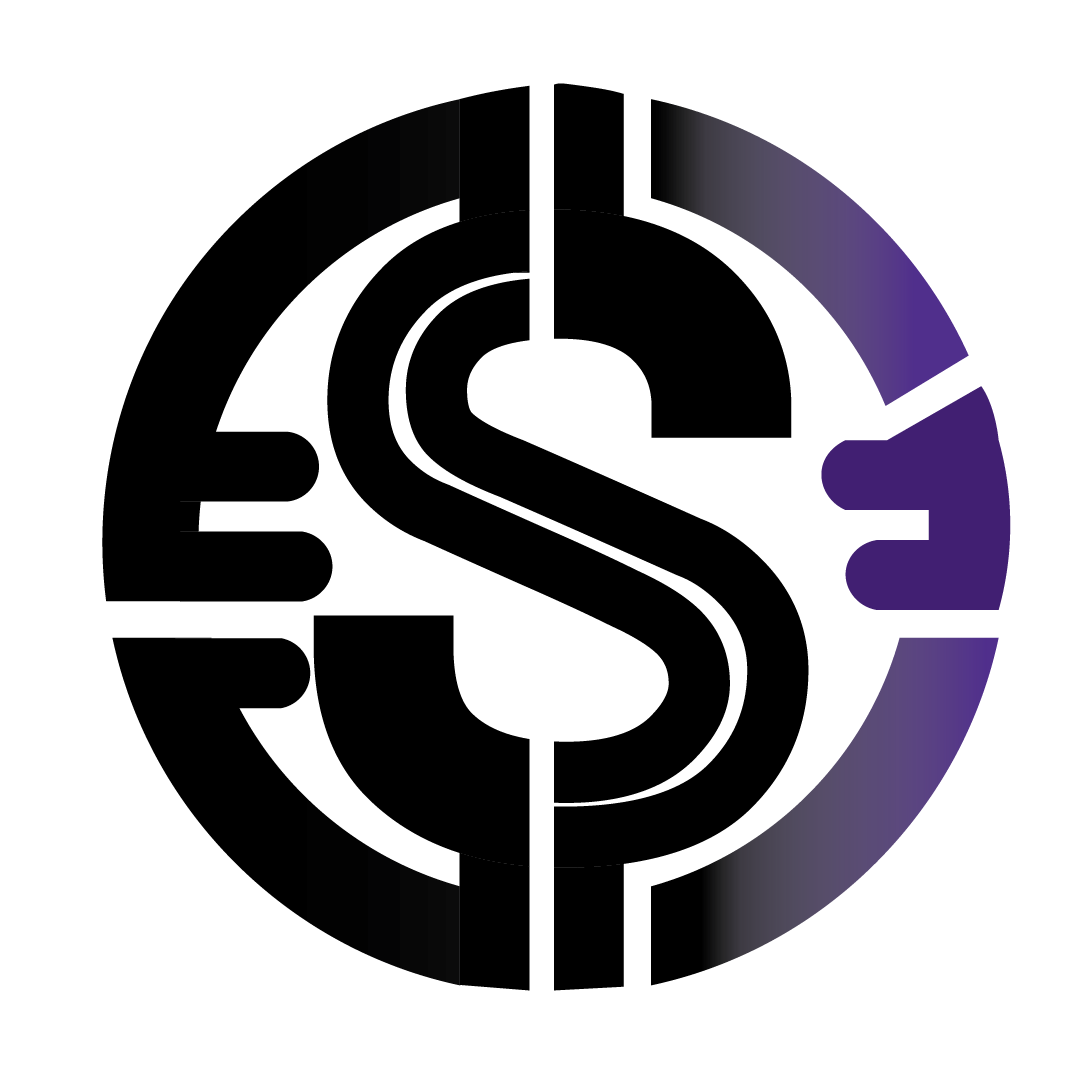Small businesses often face the challenge of unpaid loans, which can significantly impact their financial stability. When handling unpaid loans in small business financing, it’s crucial to follow a systematic investigation and recovery process, as well as understand the associated rates and fees. This article provides key insights into the best practices for managing unpaid loans in small business financing.
Key Takeaways
- Thorough investigation of the debtor’s assets is essential for determining the possibility of recovery.
- Recommendation for case closure or litigation depends on the outcome of the investigation and recovery process.
- Decision making for legal action should consider the potential costs and outcomes of litigation.
- The recovery system involves three phases: initial actions and attempts, involvement of affiliated attorneys, and recommendations and decision making.
- Competitive collection rates, upfront legal costs, and tailored collection rates are important factors to consider when dealing with unpaid loans in small business financing.
Investigation and Recovery Process
Thorough Investigation of Debtor’s Assets
Before any recovery action, a thorough investigation of the debtor’s assets is crucial. Identifying tangible and intangible assets sets the stage for effective recovery strategies.
- Review financial statements
- Conduct property searches
- Examine business holdings
This step is about gathering intelligence to inform the recovery process. It’s not just about what’s owed, but what’s ownable.
Understanding the debtor’s financial landscape is key to determining the viability of collection efforts. If assets are sufficient, the path to recovery looks promising. If not, it may be time to consider case closure.
Recommendation for Case Closure or Litigation
After a meticulous review of the debtor’s financial situation, our team arrives at a critical juncture. We either recommend case closure or proceed with litigation. The choice is yours, but it’s not made lightly. If the odds of recovery are slim, we advise shutting the case—no fees incurred.
Should you opt for litigation, be prepared for upfront costs. These range from $600 to $700, covering court and filing fees. Our affiliated attorney will then champion your cause, seeking full recompense.
In the event of litigation, here’s a snapshot of potential costs:
| Action | Estimated Cost |
|---|---|
| Court Costs | $600 – $700 |
| Filing Fees | Included in court costs |
Remember, if litigation doesn’t pan out, you owe us nothing. It’s a no-win, no-fee commitment to your peace of mind.
Decision Making for Legal Action
Once the investigation concludes, a pivotal decision awaits: to litigate or not. Weighing the potential for recovery against the costs is crucial. If litigation is advised and you choose to proceed, upfront legal costs will apply. These typically range from $600 to $700, based on the debtor’s location.
Before committing to legal action, consider the financial implications and the strength of your case. A clear-eyed assessment ensures resources are not squandered on unwinnable disputes.
Should you opt for litigation, here’s a snapshot of the associated costs:
| Expense Type | Estimated Cost |
|---|---|
| Court Costs | $300 – $400 |
| Filing Fees | $300 – $350 |
Remember, if litigation does not yield results, you owe nothing further. The choice is yours, but it must be informed by both the likelihood of success and the financial stakes involved.
Recovery System Phases
Phase One: Initial Actions and Attempts
Within the first 24 hours of account placement, a multi-pronged approach is initiated. Immediate action is critical to signal the urgency of the situation to the debtor. A series of four letters is dispatched via US Mail as a formal notice. Concurrently, skip-tracing and investigative efforts are undertaken to unearth the most current financial and contact information available.
Daily attempts to engage the debtor follow, utilizing a mix of communication methods: phone calls, emails, text messages, and faxes. This aggressive contact strategy is maintained for the initial 30 to 60 days, aiming to secure a resolution. Should these efforts not yield the desired outcome, the case escalates to Phase Two, involving our network of affiliated attorneys.
The goal of Phase One is to establish contact and negotiate a resolution without delay. Persistence is key, with a focus on maintaining consistent pressure through varied communication channels.
Phase Two: Involvement of Affiliated Attorneys
When a case escalates to Phase Two, our network of affiliated attorneys takes action. Immediate drafting of demand letters on law firm letterhead signals a serious escalation to debtors. Attorneys also engage in persistent telephone contact, reinforcing the urgency of payment.
The transition to legal involvement marks a critical juncture in the recovery process, intensifying pressure on the debtor.
If these intensified efforts do not yield results, a detailed report outlining the challenges encountered will be provided. This report forms the basis for recommendations in Phase Three, guiding you towards informed decision-making.
Here’s a snapshot of the attorney involvement process:
- Drafting and sending demand letters
- Persistent telephone attempts to reach a resolution
- Comprehensive report on efforts and obstacles
Your next steps will be clear and based on a thorough understanding of the case’s status and the debtor’s responsiveness.
Phase Three: Recommendations and Decision Making
At the conclusion of Phase Three, a critical juncture is reached. Our recommendations hinge on the recoverability of the debt. If prospects are dim, we advise case closure, sparing you further costs. Conversely, should litigation seem viable, a pivotal choice awaits you.
Deciding against legal action allows for claim withdrawal or continued standard collection efforts—without incurring additional fees. Opting for litigation necessitates upfront legal costs, typically between $600 to $700. These enable our attorneys to pursue all owed monies through court action.
Upon unsuccessful litigation, rest assured, no further obligations fall upon you to our firm or attorneys.
Our fee structure is straightforward and competitive, reflecting the volume and age of claims:
-
For 1-9 claims:
- Under 1 year: 30%
- Over 1 year: 40%
- Under $1000: 50%
- With attorney: 50%
-
For 10+ claims:
- Under 1 year: 27%
- Over 1 year: 35%
- Under $1000: 40%
- With attorney: 50%
This tiered approach ensures fairness and aligns our interests with your recovery success.
Rates and Fees
Competitive Collection Rates
Ensuring your business’s financial stability involves not only managing incoming revenue but also effectively handling unpaid loans. Competitive collection rates are crucial in this process, as they directly impact your bottom line. Our firm offers tailored collection rates that are designed to be both fair and advantageous for small businesses.
We structure our rates to align with the number of claims and the age of the accounts, ensuring that you receive the most cost-effective service.
Here’s a quick overview of our rate structure:
-
For 1 through 9 claims:
- Accounts under 1 year old: 30% of the amount collected.
- Accounts over 1 year old: 40% of the amount collected.
- Accounts under $1000.00: 50% of the amount collected.
- Accounts placed with an attorney: 50% of the amount collected.
-
For 10 or more claims:
- Accounts under 1 year old: 27% of the amount collected.
- Accounts over 1 year old: 35% of the amount collected.
- Accounts under $1000.00: 40% of the amount collected.
- Accounts placed with an attorney: 50% of the amount collected.
Our commitment is to provide you with a transparent and effective collection service that maximizes your recoveries while minimizing costs.
Upfront Legal Costs
When legal action becomes necessary, upfront legal costs are unavoidable. Expect fees ranging from $600 to $700, depending on the debtor’s jurisdiction. These cover court costs, filing fees, and other related expenses.
Payment of these fees initiates the litigation process, where our affiliated attorneys will represent your interests vigorously.
Remember, these costs are an investment towards recovering your funds. If litigation does not result in collection, you owe nothing further to our firm or the affiliated attorney.
Here’s a quick breakdown of potential upfront costs:
| Expense Type | Estimated Cost |
|---|---|
| Court Costs | $300 – $400 |
| Filing Fees | $200 – $300 |
It’s crucial to weigh the potential recovery against these initial expenses to make an informed decision on proceeding with legal action.
Tailored Collection Rates
Understanding that each small business has unique financial circumstances, tailored collection rates are essential. By assessing the volume and age of claims, we ensure that our fees reflect the complexity and effort required to recover your funds.
Flexibility is key in our rate structure:
- For 1-9 claims, rates vary based on the age of the account and the amount collected.
- For 10 or more claims, reduced rates apply, rewarding your bulk submissions.
Our commitment is to provide you with a transparent and fair pricing model, ensuring that you only pay for the successful recovery of your funds.
Remember, the goal is to maximize your recovery while minimizing costs. Our tiered pricing strategy is designed to align with your business’s recovery needs and financial health.
Frequently Asked Questions
What is the recovery process for unpaid loans in small business financing?
The recovery process involves a thorough investigation of the debtor’s assets, followed by a recommendation for case closure or litigation. The decision to proceed with legal action is made based on the investigation results.
What are the different phases of the recovery system?
The recovery system consists of three phases: Phase One involves initial actions and attempts to resolve the debt, Phase Two involves the involvement of affiliated attorneys, and Phase Three includes recommendations and decision-making for further action.
What are the costs and fees associated with the recovery process?
The costs and fees include competitive collection rates, upfront legal costs, and tailored collection rates based on the age and amount of the accounts, as well as accounts placed with an attorney.
What happens in Phase Three of the recovery system?
Phase Three involves a recommendation for case closure or litigation. If litigation is recommended, the client has the option to proceed with legal action, which requires payment of upfront legal costs. If litigation fails, the case will be closed with no further obligation to the firm or affiliated attorney.
What are the collection rates for different types of accounts?
The collection rates vary based on the age and amount of the accounts, as well as whether the accounts are placed with an attorney. Rates range from 27% to 50% of the amount collected.
How does Phase One of the recovery system work?
Phase One includes sending letters to the debtor, skip-tracing and investigation of the debtors, and attempts to contact the debtor to resolve the matter using various communication methods. If Phase One fails, the case moves to Phase Two.

